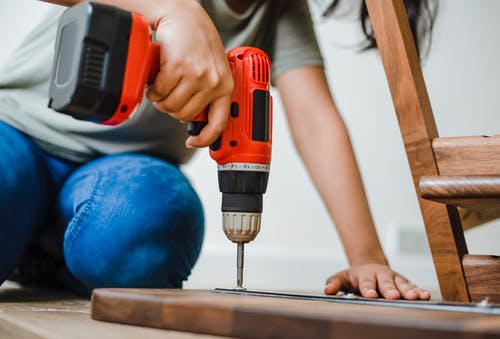
Maintaining your office in the perfect condition for your tenants is a huge responsibility for all who own or manage one. A lot of maintenance involves things that we can see or hear and smell. But, there’s a hidden risk for your investments that you might not be aware of mold. Many factors are responsible for this issue’s increasing degree. Aside from mold scientists, no one likes dealing with mold.
Asthma, allergies, as well as illnesses, can be made more severe or worsened by the growth of mold in enclosed or poorly ventilated areas. Even if a property’s mold issue requires treatment in a certain way, not all molds are made equal.
Molds Found in Businesses
It thrives in moist organic, and humid environments. If you find mold at the workplace, contact the appropriate authorities as soon as possible so that it does not cause any further damage to the employees or the building’s structural stability. Here are the various types of molds that are found in commercial offices.
1. Cladosporium
This form of mold doesn’t care about where it dwells, unlike other types of molds which prefer warmer and wetter conditions. It’s typically found on the gaskets of restaurant coolers as well as in storage areas for food items, which can have an immediate impact on the quality of foods that go bad quickly.
It is also seen on ceramic tiles and grouted surfaces, and glass surfaces such as mirrors and windows. It’s not the most dangerous mold, but it must be dealt with immediately. Inhalation of Cladosporium can trigger severe asthma attacks, and the growths visible aren’t appealing.
2. Aspergillus
It’s not uncommon to spot Aspergillus in offices, homes, and even private homes, as it’s an indoor mold that thrives. Individuals with weak immunity or respiratory issues may get ill as a consequence of exposure to this sort of mold, which is often found on book bindings made of textile.
Pets also suffer from harmful molds, so keep this in mind if you have a pet-friendly building. Apart from leather shoes and clothes, Aspergillus also likes artwork that is constructed from cardboard boxes and press-pressed wood. You can always read more about molds and mold removal to gain more knowledge on how to remediate the problem.
3. Alternia
When a physician diagnoses a patient with allergies to mold, they could be referring specifically to this mold. It is often responsible for symptoms such as runny eyes, nasal congestion, and sneezing in patients who are unable to manage the mold effectively. Since it is an outdoor-based mold, it could be introduced into the home by clothes, dogs, and open windows. People with allergies to Alternia face difficulty in the summer because the number of spores grows as temperatures rise.
To adequately address the mold dilemma, you can ask the assistance of a mold damage restoration service provider in your area.
4. Penicillium
When we think of indoor molds, we usually consider brown and black molds; however, there are other hues in the spectrum, such as pink, orange, and even pink. Penicillium is a dangerous mold responsible for the degrading of food. If you find the presence of a mold that is green or yellow, there is a good possibility that you are viewing Penicillium. Other locations where it could be seen include ceiling tiles and cabinets or curtains. Penicillium may take advantage of water-damaged walls and create an apartment there.
5. Stachybotrys
Despite its negative reputation, Stachybotrys isn’t the only risky black mold to be found. Commonly known as “black mold,” it thrives on fibrous materials like wood and paper. Buildings that were formerly clean of black mold may soon be infested over a long period. For the mold to continue to grow, it requires a steady supply of moisture, and the health issues they cause aren’t well-defined. The mold could be causing people to fall ill within the building without realizing it.
